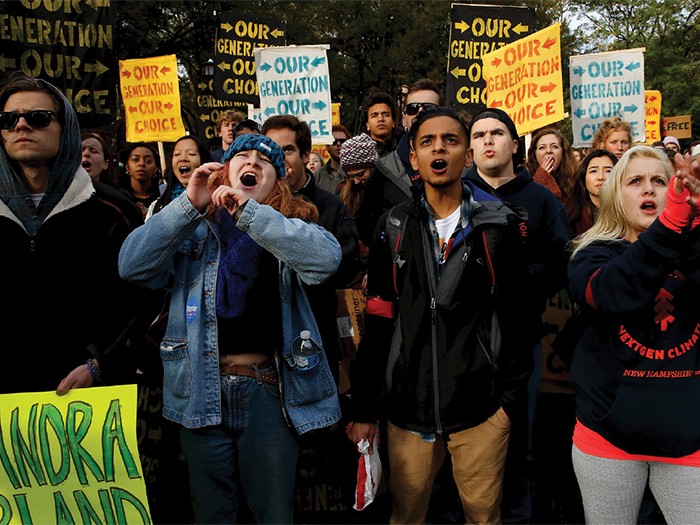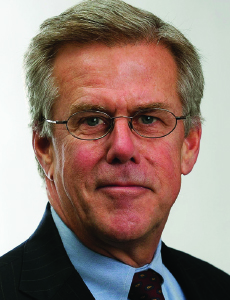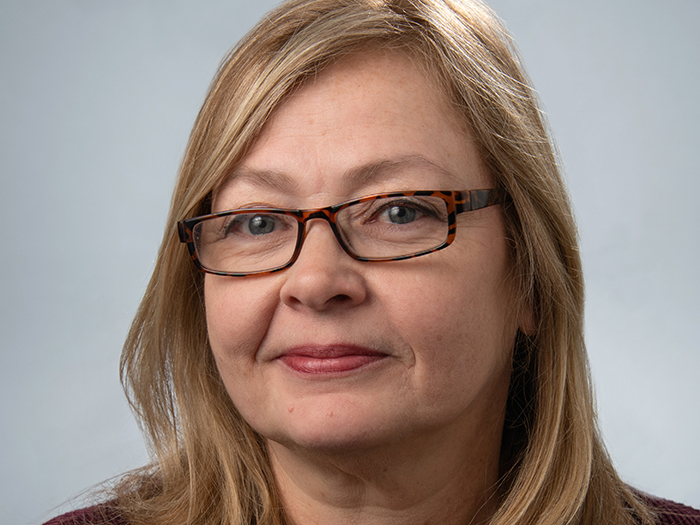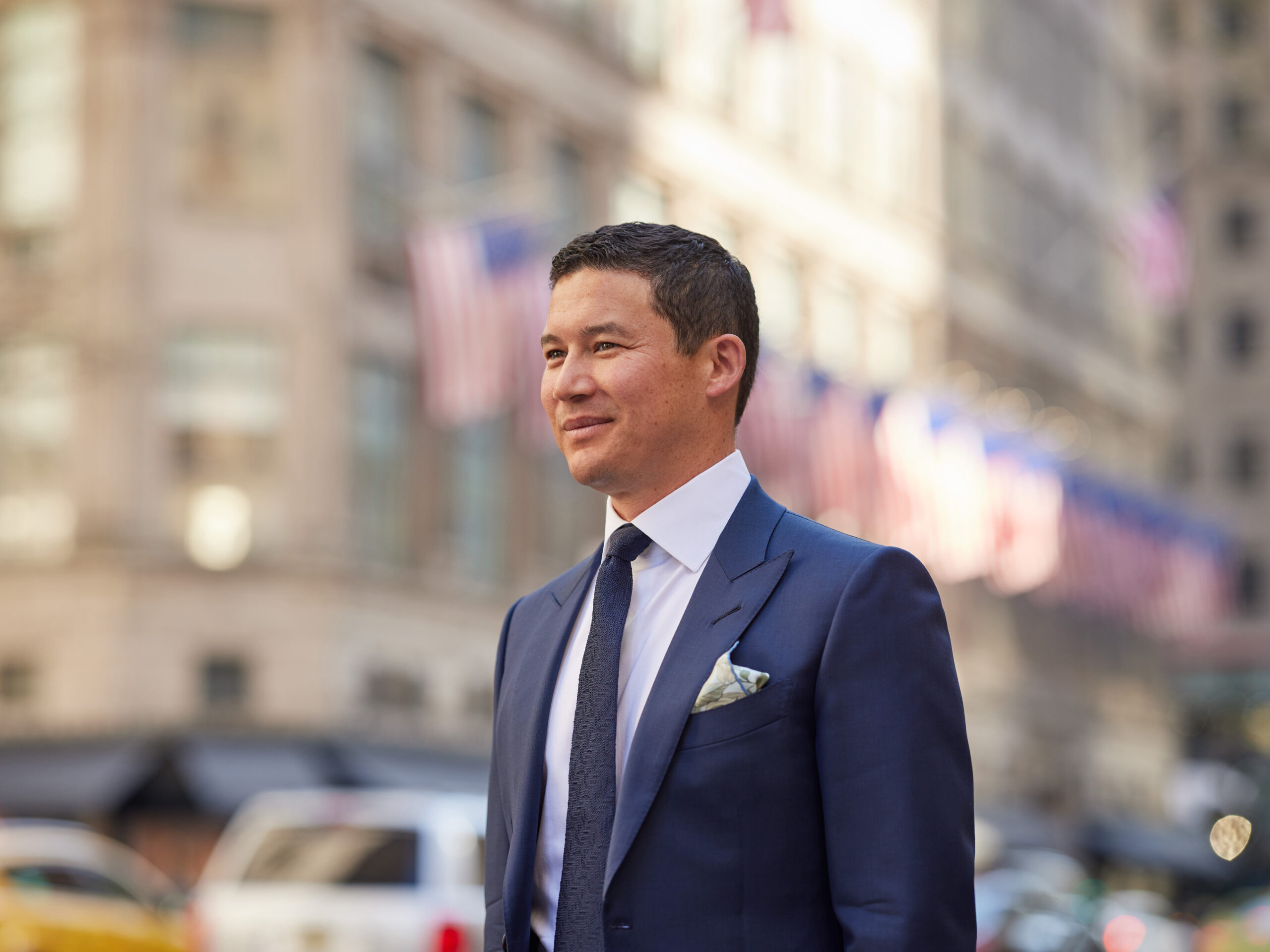Higher Education
Navigating the Picket Line

Last year saw a significant increase in college students protesting everything from racial and gender discrimination to sexual assault and cultural appropriation.
College risk managers must strike a balance between allowing students their say and keeping them — and others — safe from harm and keeping college property safe from damage.
Last May, Columbia University student Emma Sulkowicz walked across the graduation ceremony stage carrying a mattress — as she similarly did around campus during the school year — to protest campus sexual assault. According to the Washington Post, Sulkowicz said she was raped in her dorm room in her sophomore year, but her attacker was cleared in a school hearing and the mattress symbolized what she said was the university’s flawed handling of her complaint.
Yale University students in November clashed with faculty over the issue of ethnically insensitive Halloween costumes, leading Yale lecturer Erika Christakis to resign after criticizing protestors for not allowing free speech.
In January, Ithaca College president Tom Rochon announced his retirement after an uproar over his handling of an incident during which two white men used racially charged language to refer to a black student participating in a roundtable discussion, among other incidents, according to NPR.
Then there is the example of Princeton University students demanding the name of Woodrow Wilson, former president of the U.S. as well as namesake of a school at the university, be removed because he held racist beliefs.
VIDEO: PBS looks at events in Mizzou, Yale and beyond as campus protests stir fresh questions about free speech.
Many of these movements have gone beyond the traditional expression of discontent and are actually taking administrations to task, asking them to intervene and police what they view as improper behaviors, said Bertrand Spunberg, practice leader for executive risks, Hiscox USA in New York City.
At Mizzou, Yale and beyond, campus protests stir fresh questions about free speech
Some administrators are pushing back, he said. Oberlin College student protestors in January presented president Marvin Krislov with a 14-page list of demands that included, among other things, the immediate firing of some Oberlin employees and curriculum changes, including that students of jazz “should not be forced to take courses rooted in whiteness,” according to Inside Higher Ed.
“If these demands are not taken seriously, immediate action from the Africana community will follow,” the protestors’ letter ended.
Krislov rejected the demands “because he believed that the nature and format of those demands ran counter to the kind of ‘collaborative engagement’ that should exist between the school and its student body,” Spunberg said.
“Schools are trying to maintain that collaborative engagement by making sure they listen to students without giving in to the public relations fear that they are going to do or say something that angers students, donors or other stakeholders,” he said.
There’s “an interesting tension at play here” as institutions try to balance free speech and social or racial sensitivity, Spunberg said.
“As colleges and universities try to find the right balance, it’s reasonable to expect that we may see claims at both ends of the spectrum between allegations of undue restraint of free speech on campus and wrongful termination lawsuits by staff who were fired because they said or did something that was viewed as contrary to the student population’s beliefs,” he said.
There’s “an interesting tension at play here” as institutions try to balance free speech and social or racial sensitivity. — Bertrand Spunberg, practice leader, executive risks, Hiscox USA
The biggest challenge for institutions and campus police when there is “spirited discourse” is ensuring that protests remain peaceful, and not devolve into criminal acts of civil disobedience, such as looting, property damage and bodily injury, said Leta Finch, national leader, higher education practice at Aon Risk Solutions in Burlington, Vt.
Many schools have policies for student protests, and instructions for campus police to manage those protests, Finch said.
Students typically are protected on campus, but once a protest becomes civil disobedience and crimes are committed, then police have the power to arrest.
Some schools like the University of Missouri have created “safe zones” for students to protest that prohibit access not only to those opposing them, but also media outlets. But Finch said she is “not so sure safe zones are the solution — they add fuel to emotion.”
Insurance Implications
Risk managers should make sure the institution has adequate coverage for liability and property damage, and should also be aware of the university’s policies and procedures if protests lead to civil disobedience, she said.
“If there aren’t any, they should start asking if they can be developed, because every school is at risk for these types of occurrences,” Finch said.

John McLaughlin, managing director, higher education practice, Arthur J. Gallagher & Co.
John McLaughlin, managing director, higher education practice at Arthur J. Gallagher & Co. in Itasca, Ill., said that most university business continuity and insurance programs are focused on a “moment-in-time” event such as a natural catastrophe or even a shooting.
“But what has been happening with recent protests is that they are stretched out over long periods of time, so a school’s crisis response team is constantly on point focusing on one event after another,” McLaughlin said.
Crisis response and threat assessment teams must also consider that threats could come from outside the campus community, he said.
As the teams begin to cover new territory, they must ask themselves how far their investigations and interventions should go, lest their actions be misconstrued and inflame protestors even further.
There are also financial implications of decisions made under pressure from protestors, McLaughlin said.
At the University of Missouri, where student athletes threatened to boycott a football game in support of student protestors, the financial impact could have been significant. Traditional event cancellation coverage may not respond to financial loss from that type of intentional act.
“However, I suspect underwriters will be engaged in some deep conversations about how coverage might be amended to provide at least some coverage for this type of situation,” he said.
Terri Taylor, senior policy and legal adviser at Education Counsel LLC in Washington, D.C., said that student demonstrations can be an opportunity to open a dialogue on campus.
If a school cannot or will not meet students’ demands, it should address what is at the heart of the complaints, she said.
“Students may demand one thing they think will address their concern, but administrators have the opportunity to think beyond the demand and also consider what conditions or policies may be contributing to that,” Taylor said. “That shows engagement, and they could offer something that students might not directly be asking for, but something that could bring up change.”










